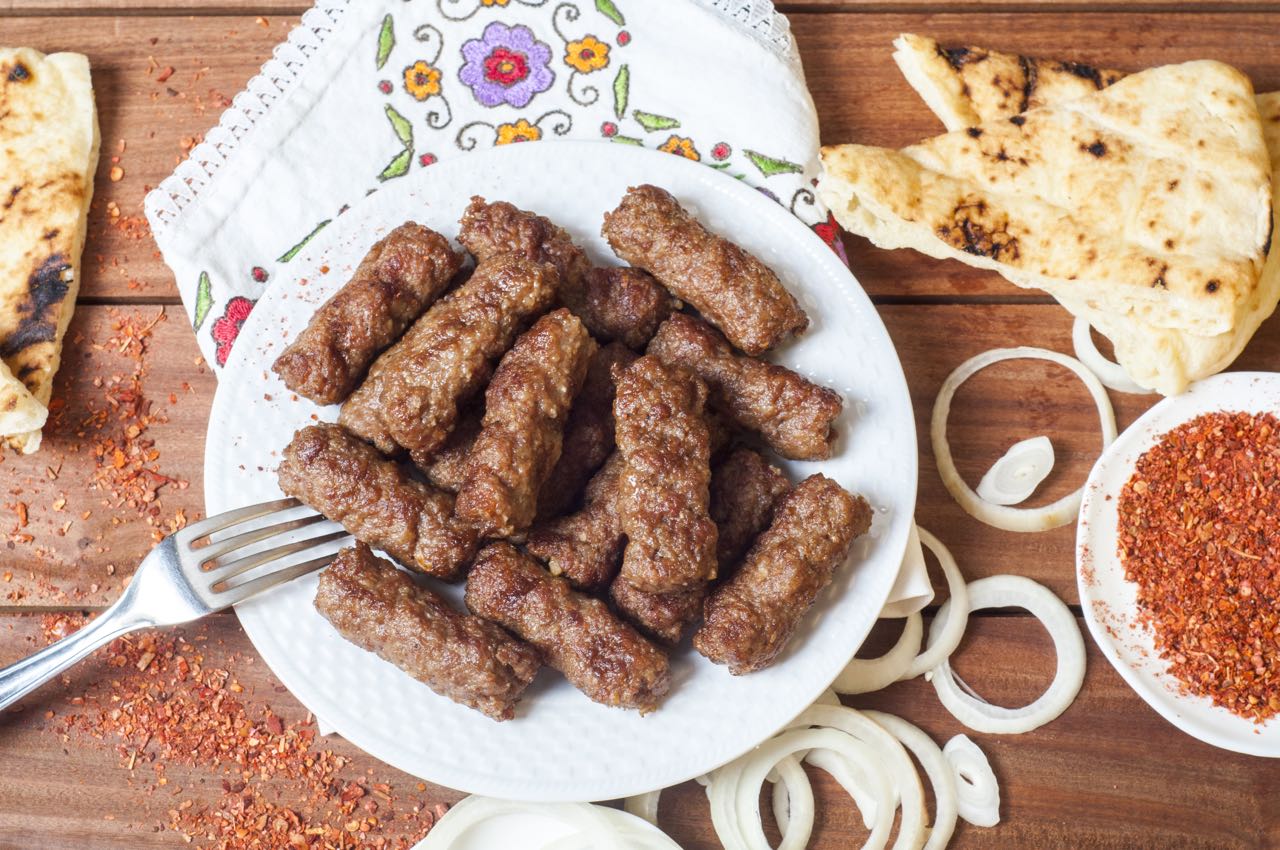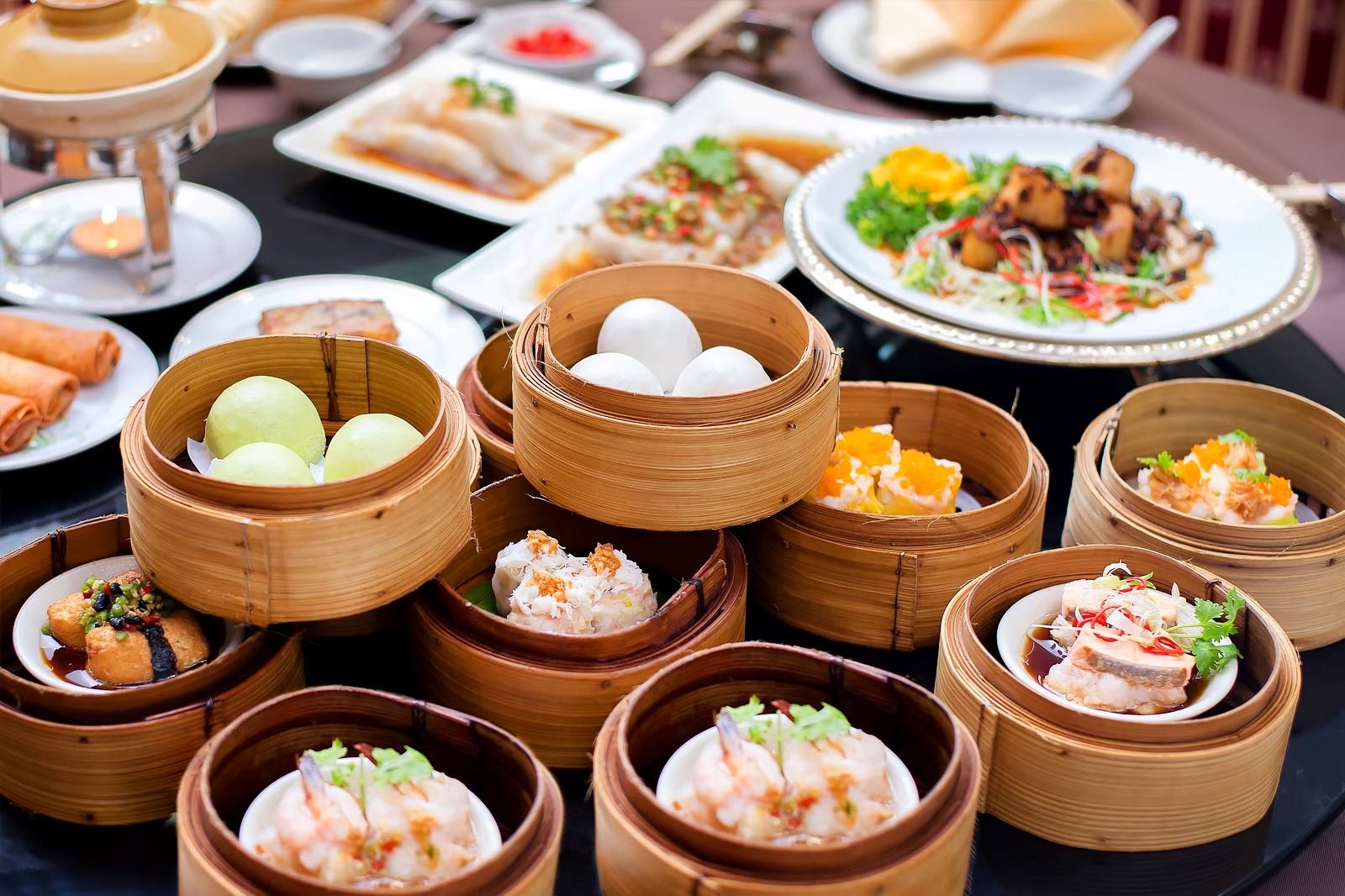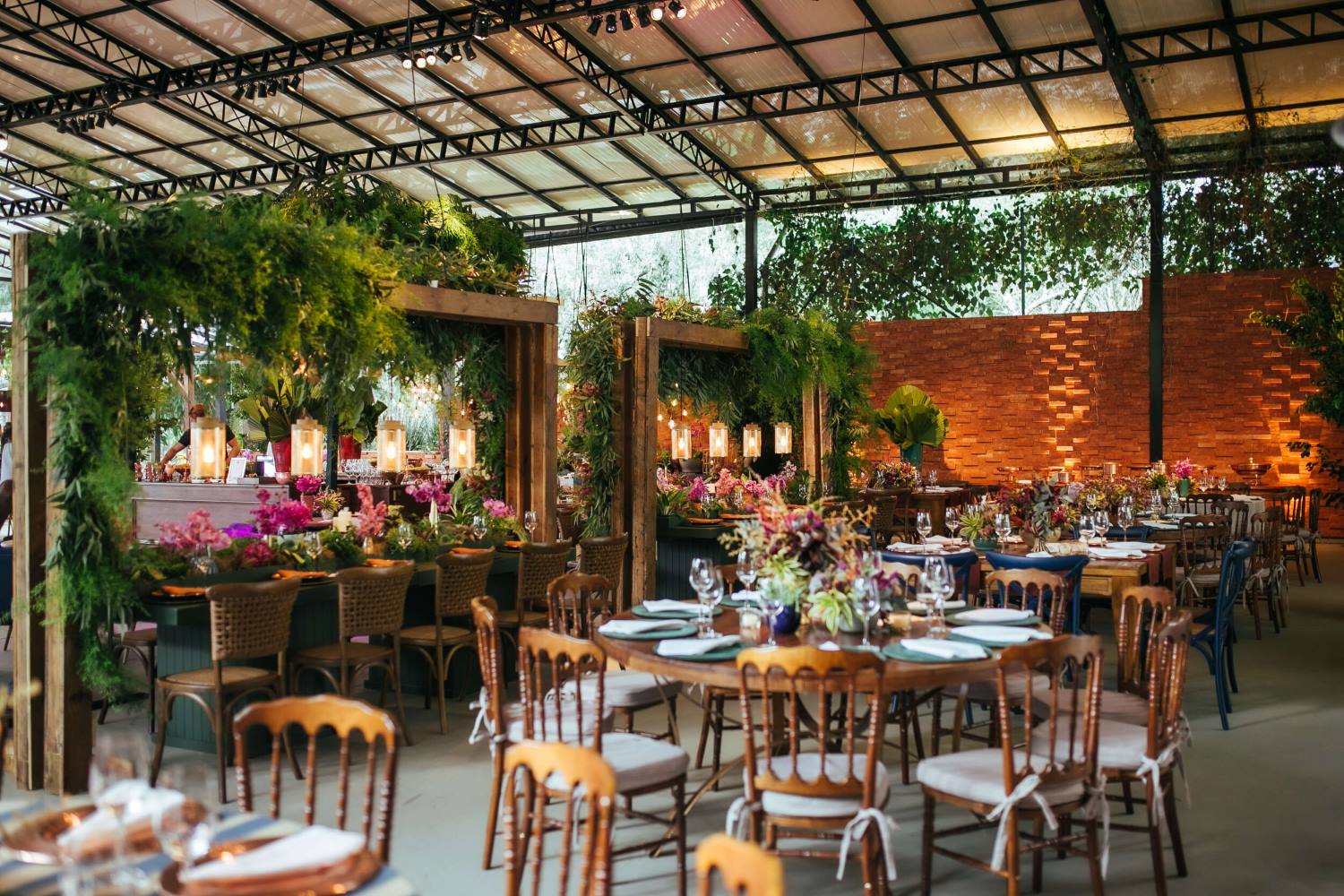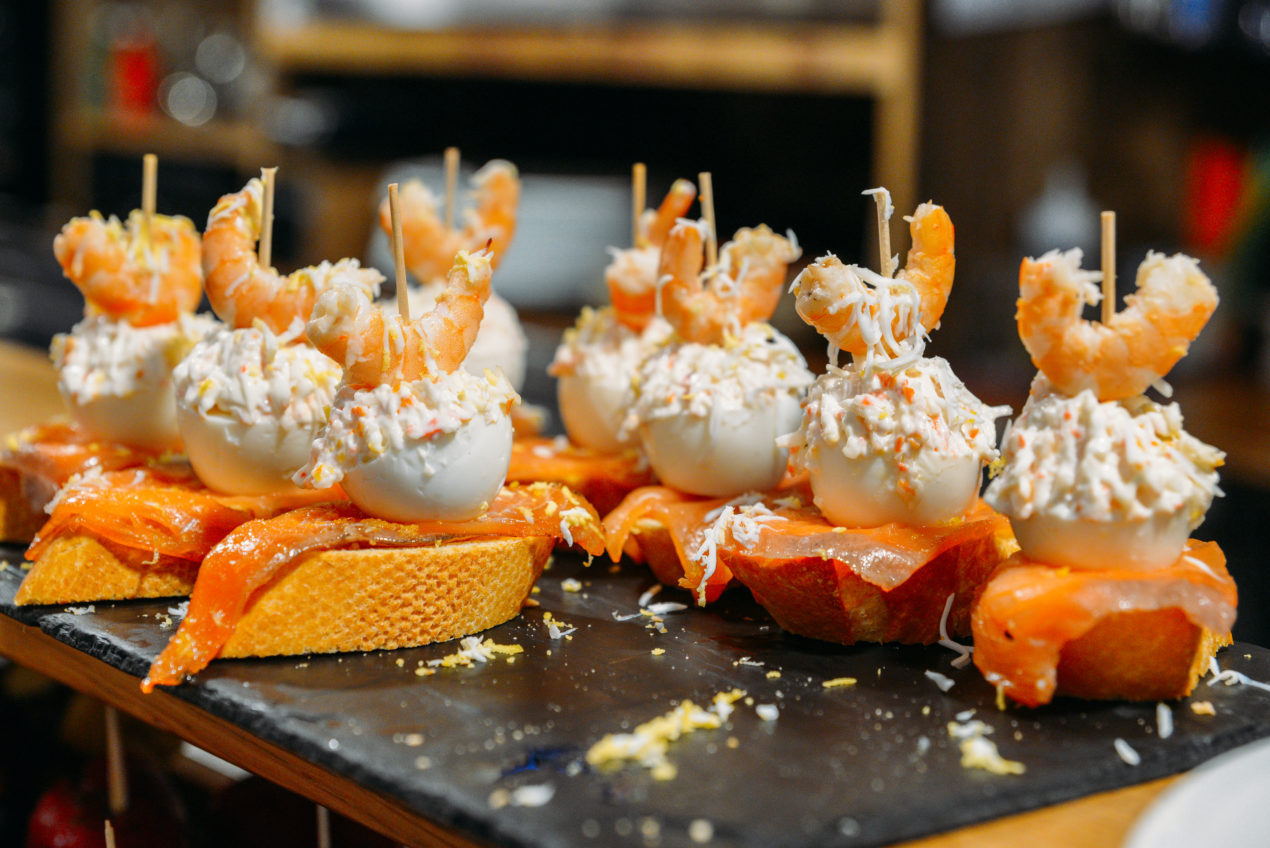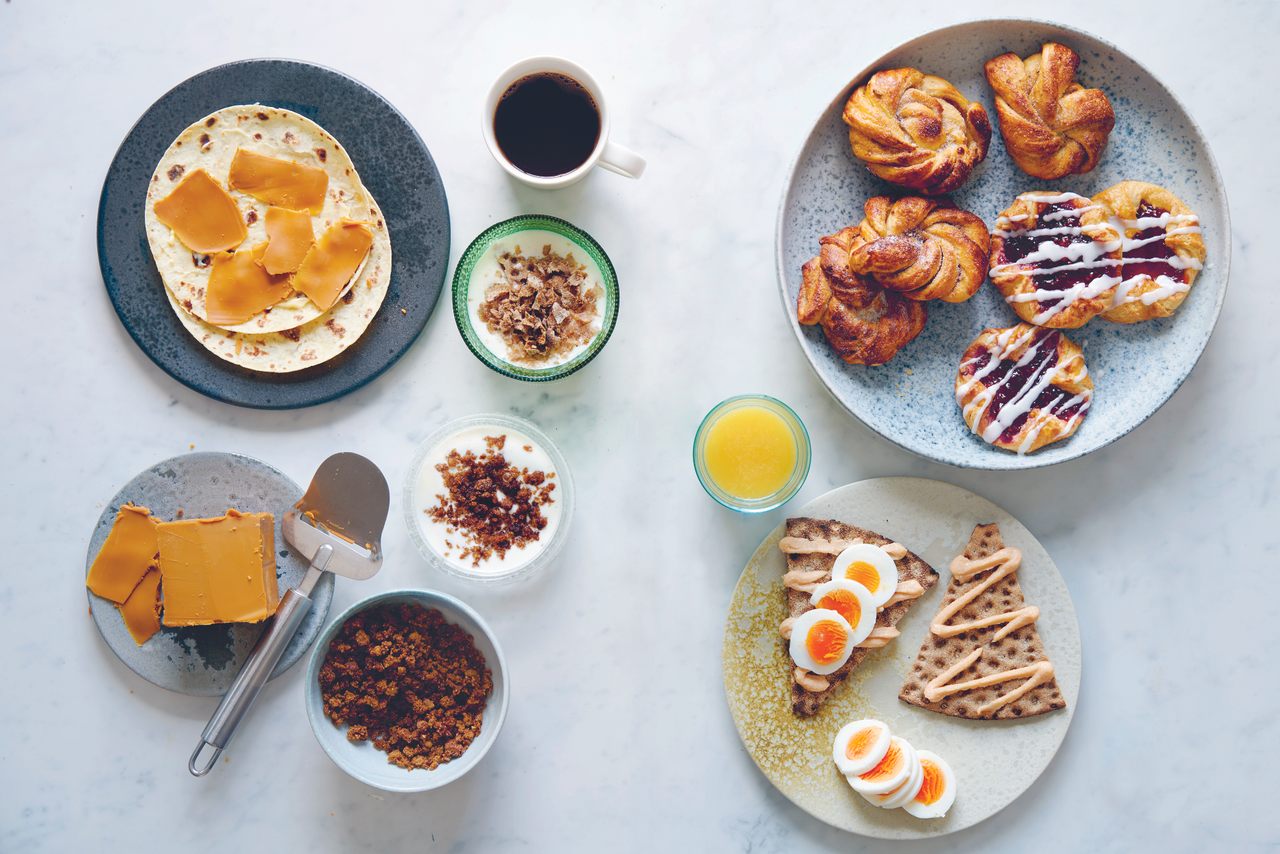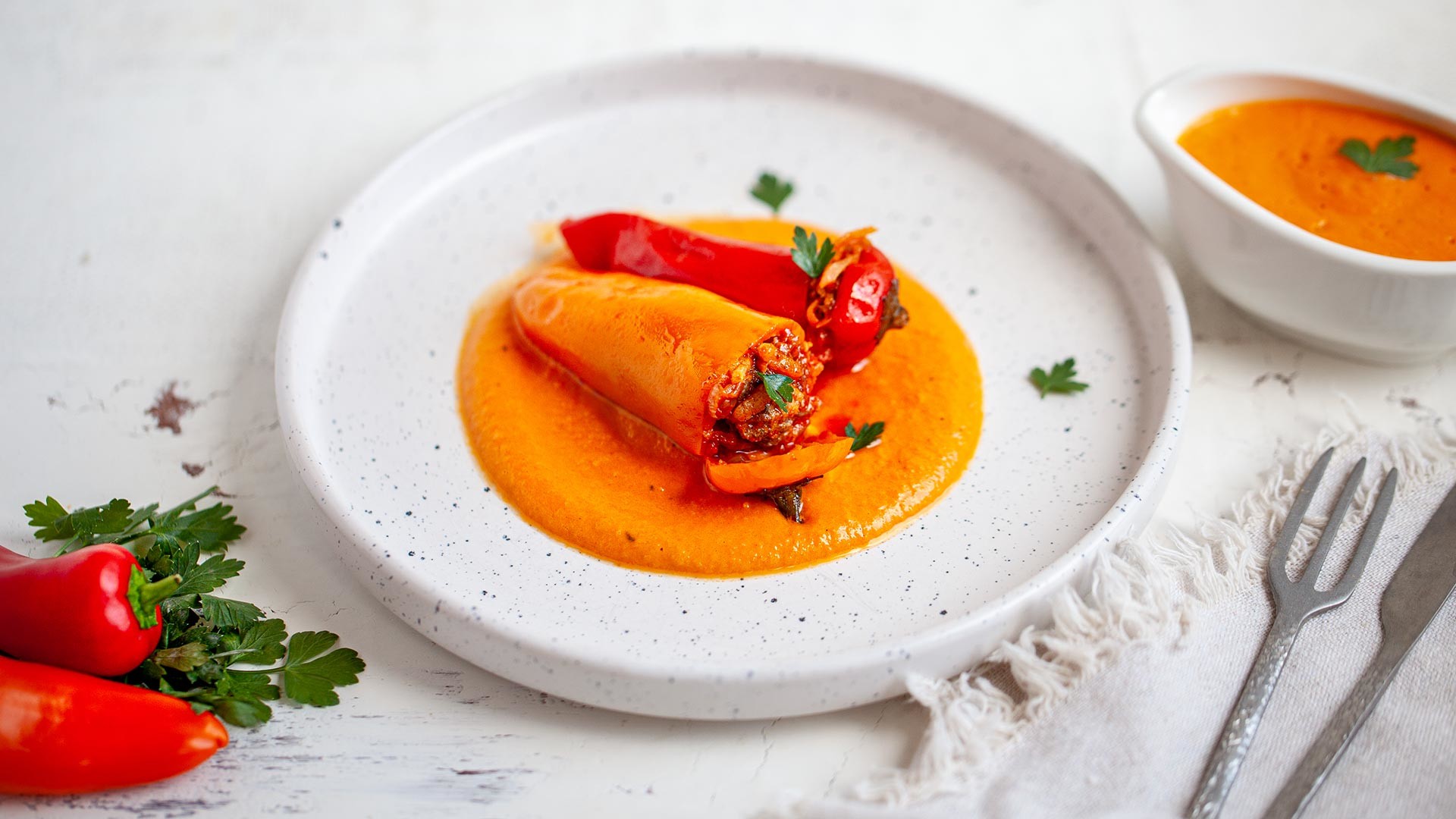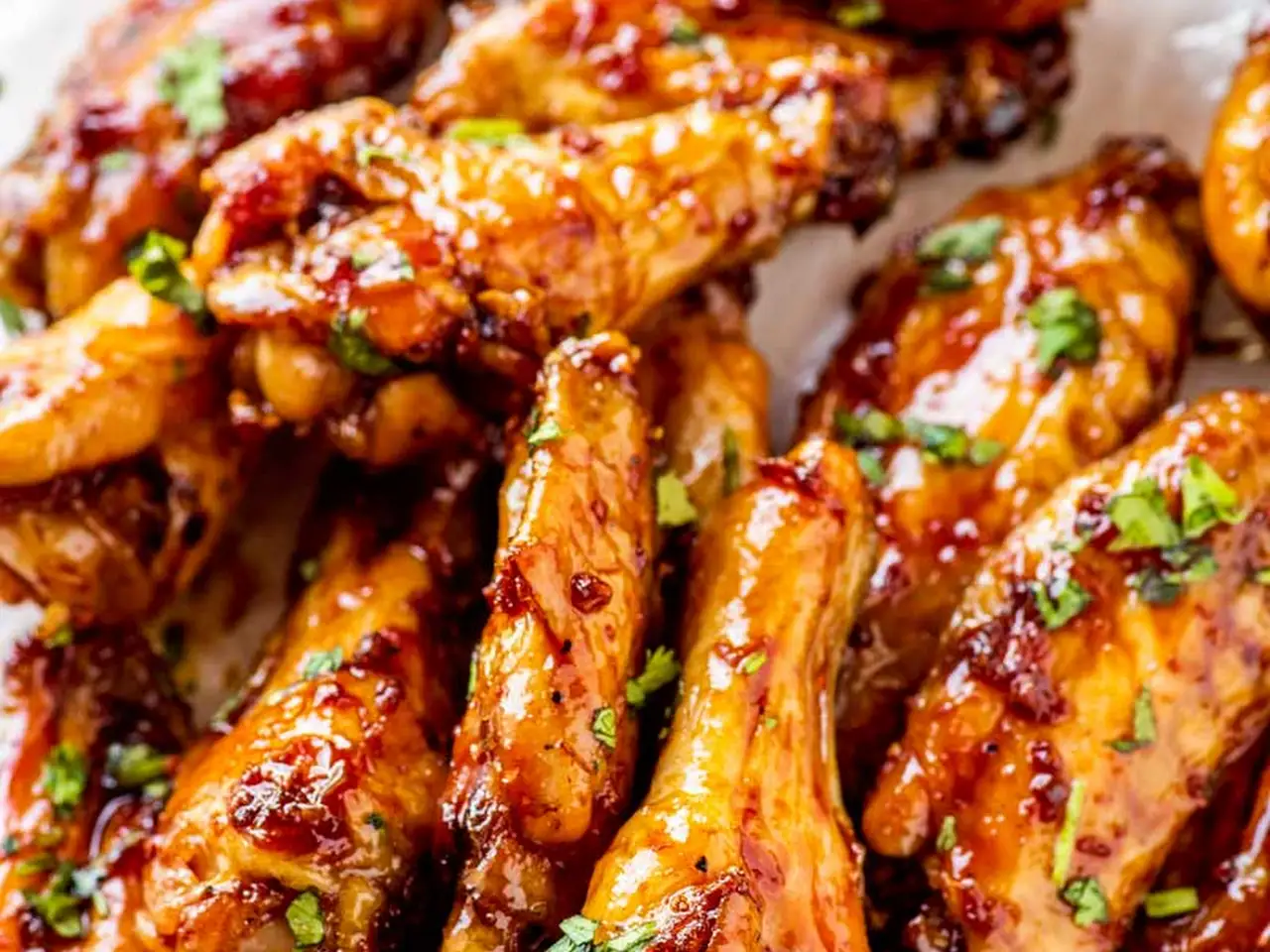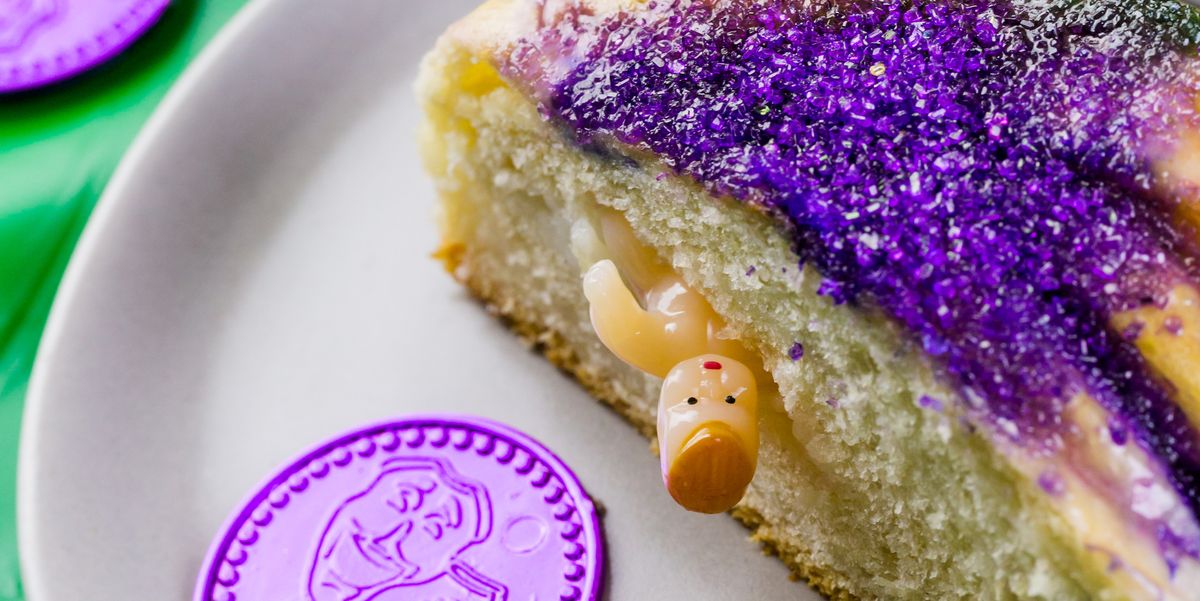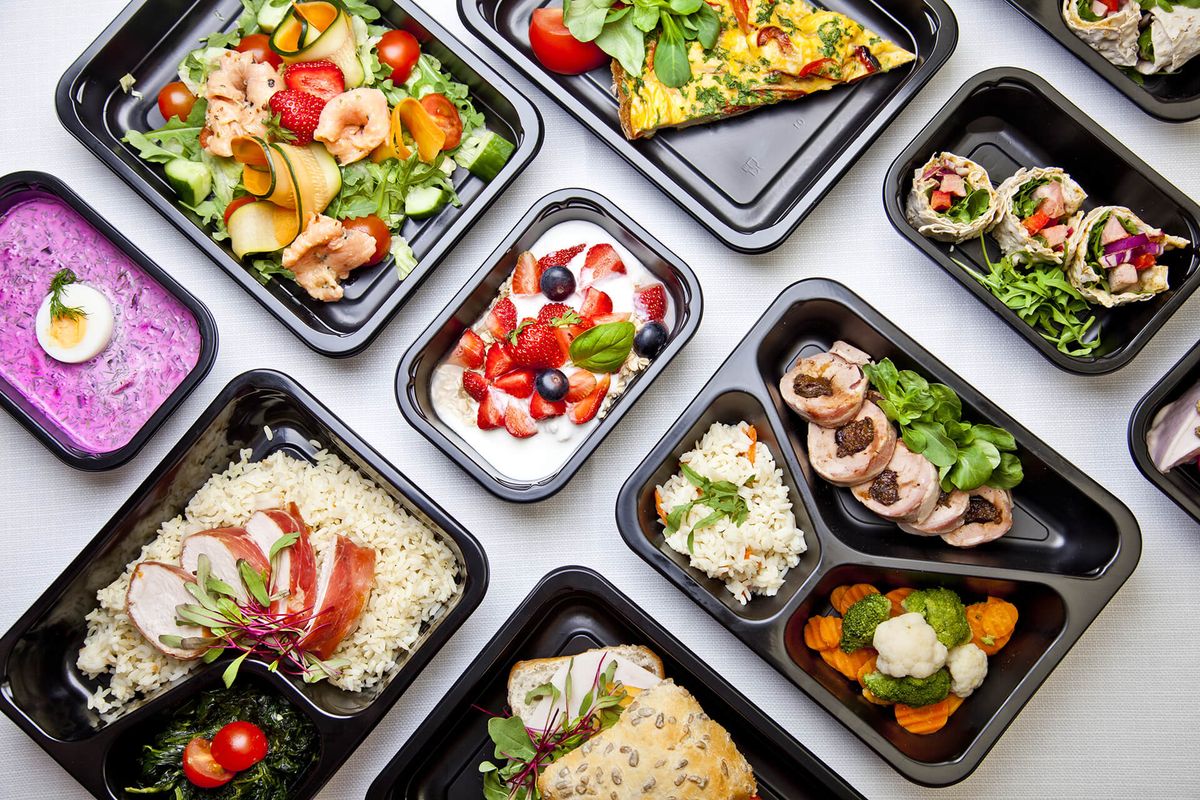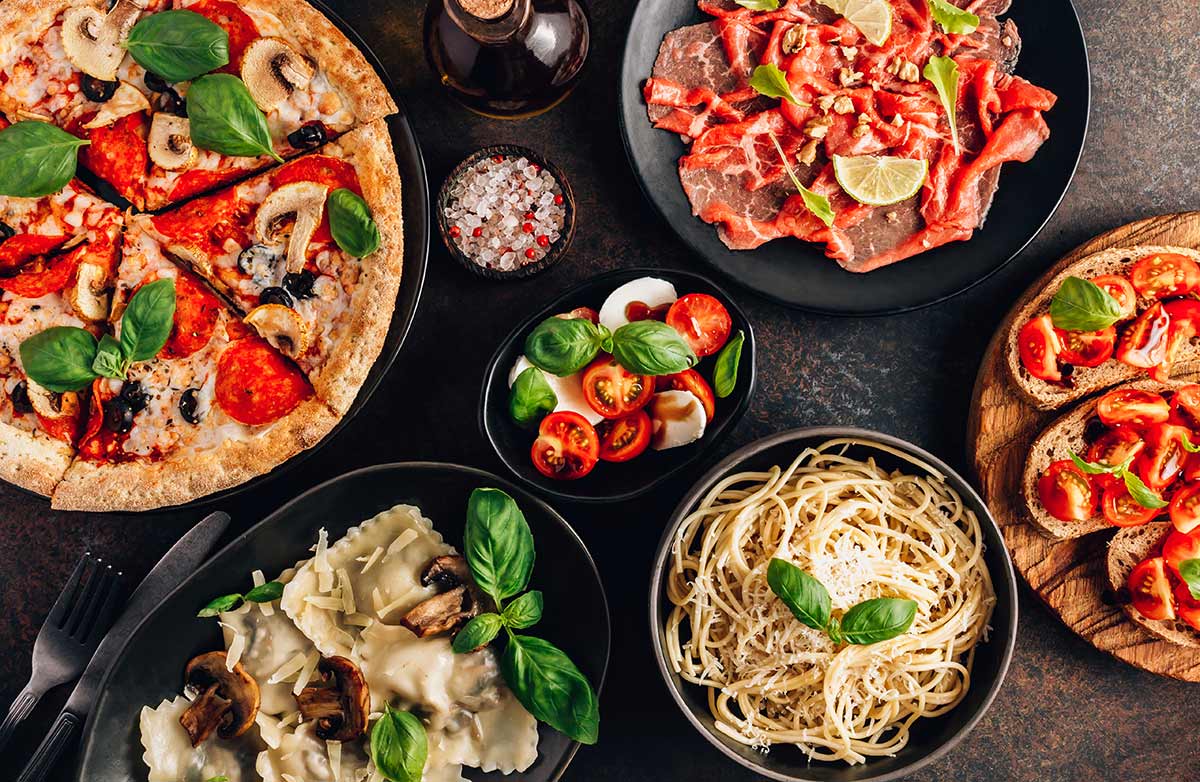Exams can be stressful, but celebrating their end is a universal joy. Different cultures have unique ways of marking this milestone, often involving delicious feasts. From hearty meals in Italy to sweet treats in Japan, these traditions reflect local flavors and customs. Whether it's a family gathering or a community event, food plays a central role in these celebrations. Join us as we explore how various countries celebrate exam success with mouth-watering dishes that bring people together. Get ready to travel the world through your taste buds and discover the rich culinary traditions that make these moments even more special.
Essential Ingredients for a Feast
Exploring International Exam Celebration Feast Traditions
Japanese Mochi:
- 2 cups glutinous rice flour
- 1 cup sugar
- 1 1/2 cups water
- Cornstarch (for dusting)
- Red bean paste (optional)
Indian Samosas:
- 2 cups all-purpose flour
- 1/4 cup vegetable oil
- 1/2 teaspoon salt
- 1/2 cup water
- 2 large potatoes (boiled and mashed)
- 1/2 cup peas
- 1 teaspoon cumin seeds
- 1 teaspoon garam masala
- 1 teaspoon coriander powder
- 1/2 teaspoon turmeric powder
- 1/2 teaspoon chili powder
- Salt to taste
- Oil for frying
Mexican Churros:
- 1 cup water
- 2 1/2 tablespoons sugar
- 1/2 teaspoon salt
- 2 tablespoons vegetable oil
- 1 cup all-purpose flour
- Oil for frying
- 1/2 cup sugar (for coating)
- 1 teaspoon ground cinnamon
French Madeleines:
- 1/2 cup unsalted butter (melted)
- 1 cup all-purpose flour
- 1/2 teaspoon baking powder
- 1/4 teaspoon salt
- 2 large eggs
- 1/2 cup sugar
- 1 teaspoon vanilla extract
- Zest of 1 lemon
Chinese Dumplings:
- 2 cups all-purpose flour
- 3/4 cup water
- 1/2 pound ground pork
- 1/2 cup chopped cabbage
- 2 green onions (chopped)
- 1 tablespoon soy sauce
- 1 teaspoon sesame oil
- 1/2 teaspoon salt
- 1/4 teaspoon white pepper
- 1 clove garlic (minced)
- 1 teaspoon ginger (minced)
Ghanaian Jollof Rice:
- 2 cups long-grain rice
- 1/4 cup vegetable oil
- 1 onion (chopped)
- 2 cloves garlic (minced)
- 1 teaspoon ginger (minced)
- 1 red bell pepper (chopped)
- 1 green bell pepper (chopped)
- 1 can (14 oz) diced tomatoes
- 2 tablespoons tomato paste
- 1 teaspoon thyme
- 1 teaspoon curry powder
- 1 teaspoon paprika
- 2 cups chicken broth
- Salt to taste
Italian Tiramisu:
- 6 large egg yolks
- 3/4 cup sugar
- 1 cup mascarpone cheese
- 1 1/2 cups heavy cream
- 2 cups brewed espresso (cooled)
- 1/4 cup coffee liqueur (optional)
- 2 packages ladyfinger cookies
- Cocoa powder (for dusting)
Korean Tteokbokki:
- 1 pound Korean rice cakes
- 4 cups water
- 1 sheet dried kelp
- 1/4 cup gochujang (Korean chili paste)
- 1 tablespoon gochugaru (Korean chili flakes)
- 2 tablespoons soy sauce
- 1 tablespoon sugar
- 2 green onions (chopped)
- 2 hard-boiled eggs (optional)
Russian Blini:
- 1 cup all-purpose flour
- 1 cup milk
- 2 large eggs
- 1 tablespoon sugar
- 1/4 teaspoon salt
- 2 tablespoons melted butter
- Butter or oil for cooking
- Sour cream or caviar (for serving)
Brazilian Brigadeiros:
- 1 can (14 oz) sweetened condensed milk
- 2 tablespoons unsweetened cocoa powder
- 2 tablespoons butter
- Chocolate sprinkles (for coating)
Necessary Tools for the Celebration
Tools Needed for Exploring International Exam Celebration Feast Traditions
-
Cooking utensils:
- Pots
- Pans
- Knives
- Cutting boards
- Mixing bowls
- Measuring cups and spoons
-
Serving ware:
- Plates
- Bowls
- Utensils
- Serving platters
- Glasses
-
Ingredients:
- Fresh vegetables
- Meats
- Spices
- Herbs
- Grains
- Dairy products
-
Cultural items:
- Traditional decorations
- Music instruments
- Cultural attire
-
Reference materials:
- Cookbooks
- Online recipes
- Cultural history books
-
Kitchen appliances:
- Stove
- Oven
- Blender
- Mixer
- Refrigerator
-
Cleaning supplies:
- Dish soap
- Sponges
- Towels
- Trash bags
-
Dining setup:
- Tablecloth
- Napkins
- Centerpieces
-
Documentation tools:
- Camera
- Notebook
- Pen
Around the world, students celebrate exams with feasts, from Japan's katsu curry for victory to Denmark's family dinners. These traditions bring joy, luck, and a sense of accomplishment.
The Importance of This Tradition
International exam celebration feasts are a way to honor students' hard work and achievements. Different cultures have unique traditions, such as Japan's "sukiyaki" dinners or India's sweet treats like gulab jamun. These feasts bring families together, creating lasting memories and reinforcing the importance of education.
Feasts also serve as a motivational tool. Knowing a celebration awaits can encourage students to push through challenging times. Sharing a meal symbolizes support and pride from loved ones, making the success feel even more rewarding. This tradition highlights the value placed on education and community in various cultures.
Step-by-Step Guide to Exploring International Exam Celebration Feast Traditions
Exploring International Exam Celebration Feast Traditions
-
Japan: Osechi Ryori
- Preparation: Begin by making Osechi Ryori, a traditional Japanese New Year feast. This includes dishes like datemaki (sweet rolled omelette), kuromame (sweet black soybeans), and kazunoko (herring roe).
- Presentation: Arrange the dishes in lacquered boxes called jubako. Each layer represents a different wish for the coming year.
- Serving: Serve with mochi and sake to symbolize prosperity and good fortune.
-
India: Sweets and Snacks
- Preparation: Prepare a variety of Indian sweets like laddu, barfi, and jalebi. Also, include savory snacks like samosas and pakoras.
- Presentation: Arrange the sweets and snacks on a large platter or thali.
- Serving: Serve with chai tea or lassi to complement the flavors.
-
Mexico: Tamales and Atole
- Preparation: Make tamales filled with meat, cheese, or vegetables. Prepare atole, a traditional hot drink made from masa (corn dough), milk, and sugar.
- Presentation: Wrap the tamales in corn husks and steam them. Serve the atole in clay mugs.
- Serving: Serve the tamales with salsa and guacamole on the side.
-
China: Dumplings and Noodles
- Preparation: Prepare dumplings filled with pork, shrimp, or vegetables. Cook longevity noodles in a savory broth.
- Presentation: Arrange the dumplings on a steaming tray and the noodles in a large bowl.
- Serving: Serve with soy sauce, vinegar, and chili oil for dipping.
-
Italy: Pasta and Tiramisu
- Preparation: Cook a classic Italian pasta dish like spaghetti carbonara or lasagna. Prepare tiramisu for dessert.
- Presentation: Serve the pasta in a large serving dish and the tiramisu in individual glasses.
- Serving: Pair with red wine for the pasta and espresso for the tiramisu.
-
France: Cheese and Wine
- Preparation: Select a variety of French cheeses like brie, camembert, and roquefort. Choose a selection of French wines to pair with the cheeses.
- Presentation: Arrange the cheeses on a wooden board with grapes, nuts, and baguette slices.
- Serving: Serve the cheese with wine and fruit preserves.
-
Nigeria: Jollof Rice and Suya
- Preparation: Cook jollof rice with tomatoes, peppers, and spices. Prepare suya, a spicy grilled meat skewer.
- Presentation: Serve the jollof rice in a large bowl and the suya on a platter.
- Serving: Accompany with fried plantains and pepper sauce.
-
Greece: Mezze Platter
- Preparation: Prepare a variety of mezze dishes like hummus, tzatziki, dolmades, and spanakopita.
- Presentation: Arrange the mezze on a large platter with pita bread.
- Serving: Serve with ouzo or Greek wine.
-
Russia: Blini and Caviar
- Preparation: Make blini, small Russian pancakes, and top with caviar. Include sour cream and chopped onions.
- Presentation: Serve the blini on a platter with the toppings in small bowls.
- Serving: Pair with vodka for a traditional touch.
-
Brazil: Feijoada
- Preparation: Cook feijoada, a black bean stew with pork and beef. Serve with rice, collard greens, and orange slices.
- Presentation: Serve the feijoada in a large pot with the sides on separate plates.
- Serving: Accompany with caipirinha, a traditional Brazilian cocktail.
Celebrating Success with Flavor
Exam celebrations around the world showcase a rich tapestry of culinary traditions. From sweet treats in Sweden to hearty meals in India, these feasts reflect the joy and relief of students and their families. Each dish tells a story, blending cultural heritage with personal achievement. Whether it's Korean tteok or Mexican tamales, food plays a central role in marking these milestones. Next time you or someone you know aces an exam, consider embracing one of these global traditions. It’s not just about the food; it’s about sharing a moment of triumph and creating lasting memories. So, gather your loved ones, cook up something special, and celebrate the hard work and dedication that led to success. After all, every achievement deserves a delicious reward.
Common Questions About Exploring International Exam Celebration Feast Traditions
What are some popular exam celebration dishes in different countries?
In Japan, students often enjoy Katsudon, a bowl of rice topped with a breaded pork cutlet, egg, and vegetables. In India, sweets like Gulab Jamun and Jalebi are common. South Korea celebrates with Tteokbokki, spicy rice cakes, while in Mexico, families might prepare Tamales.
Why is food such an important part of exam celebrations?
Food brings people together. Sharing a meal after exams is a way to relax, celebrate hard work, and enjoy time with friends and family. It’s a universal way to mark special occasions and create lasting memories.
Are there any specific foods believed to bring good luck for exams?
Yes! In China, students might eat fish for good luck because the word for fish sounds like the word for surplus. In Japan, Katsudon is popular because "katsu" means "to win." Greece has honey-dipped pastries to symbolize sweetness and success.
How do different cultures incorporate traditions into their exam celebrations?
Traditions vary widely. In Italy, students might have a big family dinner with pasta and wine. In Nigeria, a feast with Jollof rice and suya (spicy meat skewers) is common. Each culture has unique ways of celebrating, often tied to local customs and foods.
Can you suggest a simple recipe for an exam celebration dish?
Sure! Try making Tteokbokki from South Korea. You’ll need rice cakes, gochujang (Korean chili paste), fish cakes, and green onions. Cook the rice cakes in water until soft, then stir in the gochujang and fish cakes. Garnish with green onions. It’s spicy, savory, and perfect for celebrating!
What are some healthy options for an exam celebration feast?
Opt for dishes like grilled chicken with a side of quinoa salad or a Mediterranean platter with hummus, veggies, and whole-grain pita. Fresh fruit platters and smoothies can also be a refreshing and nutritious choice.
How can I make my exam celebration more special?
Personalize the celebration with decorations, music, and games. Create a theme based on the favorite foods or cultures of the person being celebrated. Involve friends and family in cooking and setting up to make it a memorable event.
